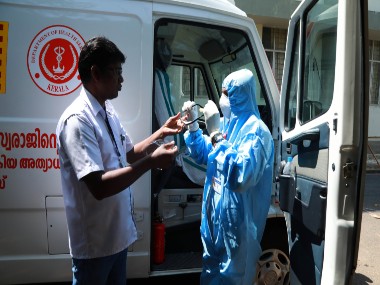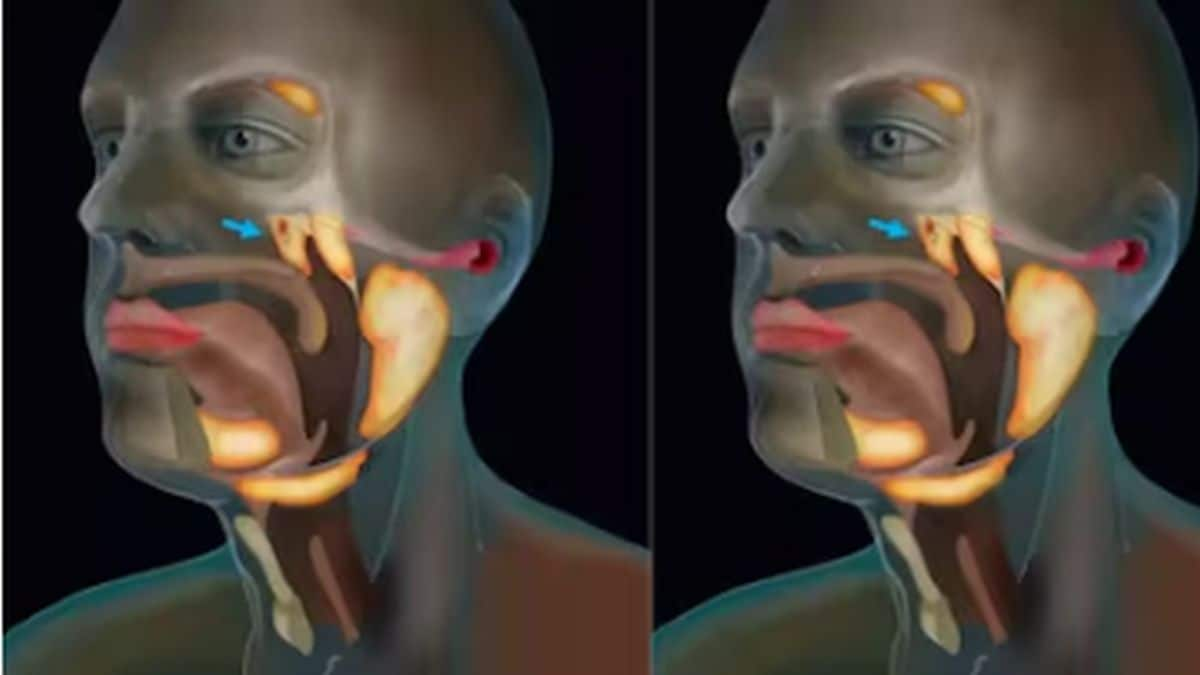With the COVID-19 pandemic raging across the world and putting billions of lives at stake globally, healthcare systems across the world are fighting this infectious disease at a war footing. India, while mercifully not one of the worst-hit countries, is still observing an almost daily rise in the death toll, with the current figure crossing 100. [caption id=“attachment_8000751” align=“alignleft” width=“380”]  Representational image. Image source: Getty Images.[/caption] The total number of confirmed cases in the nation, according to the Indian Ministry of Health and Family Welfare, is 4067 - while the number of lives COVID-19 has claimed is 109. Thirty-two of these deaths occurred in the last 24 hours. The same period also witnessed a considerable spike in total infected cases by 693. Dr Harsh Vardha, the Union Minister of Health and Family Welfare, announced yesterday that AIIMS Jhajjar will function as a COVID-19 hospital. It has 300 isolation wards, which will allow for advanced medical support.
Who needs the most attention now?
Mild COVID-19 cases do not require hospitalisation. Treatment usually involves symptomatic management with antipyretics (to reduce fever). Self-isolation is suggested to keep close ones from getting the infection. In severe cases, the person experiences hypoxia (lack of oxygen) and may have breathing difficulties. He/she may get convulsions, show signs of shock and may fall into a coma. Oxygen therapy is given to help the patient breathe properly in case of hypoxia. The therapy involves the administration of supplemental oxygen either through a nasal cannula or face mask. If the patient has comorbid conditions, the doctor decides whether their medicines need to be changed. The vital signs of the patient are regularly monitored. If their condition deteriorates, it may lead to progressive respiratory failure and sepsis - the spread of infection in blood and other tissues. In the case of critical COVID-19, the person may stop responding to oxygen therapy and may hence be put on ventilator support. Research shows that the chances of severe COVID-19 rise significantly in people over 60 years of age - those over 80 are even more vulnerable. According to Worldometer, the highest rate of fatalities among those with severe symptoms around the world has been in people over the age of 80, with nearly 15% of all patients from that age group succumbing to COVID-19. Those over the age of 70 years have also had a high fatality rate of over 8%.
Why are mortality rates different everywhere?
The case fatality rate is the number of patients who die as a result of a disease. In the case of COVID-19, it is still too early to determine the true mortality rate of the viral infection. This is because the disease is still spreading to different parts of the world. Factors like population density, median age and government initiatives in the early stages of the spread of COVID-19 (through testing, lockdowns, and closing off international borders, etc.) have produced differences in the mortality rate across different countries. Case in point: In South Korea, where the government clamped down hard and fast on the spread of the disease, the case fatality rate of COVID-19 is around 1.74% - much lower than the over 7% rate in Italy. According to data from Our World in Data (which sources its information from places like the European CDC), the global case fatality rate of COVID-19 as of 5 April 2020 was 5.37%. That said, almost 80% of people who get this infection, get a mild to moderate case of COVID-19. Only 14% get severe symptoms and only 5% of patients need hospitalization. For more information, read our article on Mild vs Severe Symptoms of COVID-19_._ Health articles in Firstpost are written by myUpchar.com, India’s first and biggest resource for verified medical information. At myUpchar, researchers and journalists work with doctors to bring you information on all things health.


)

)
)
)
)
)
)
)
)



